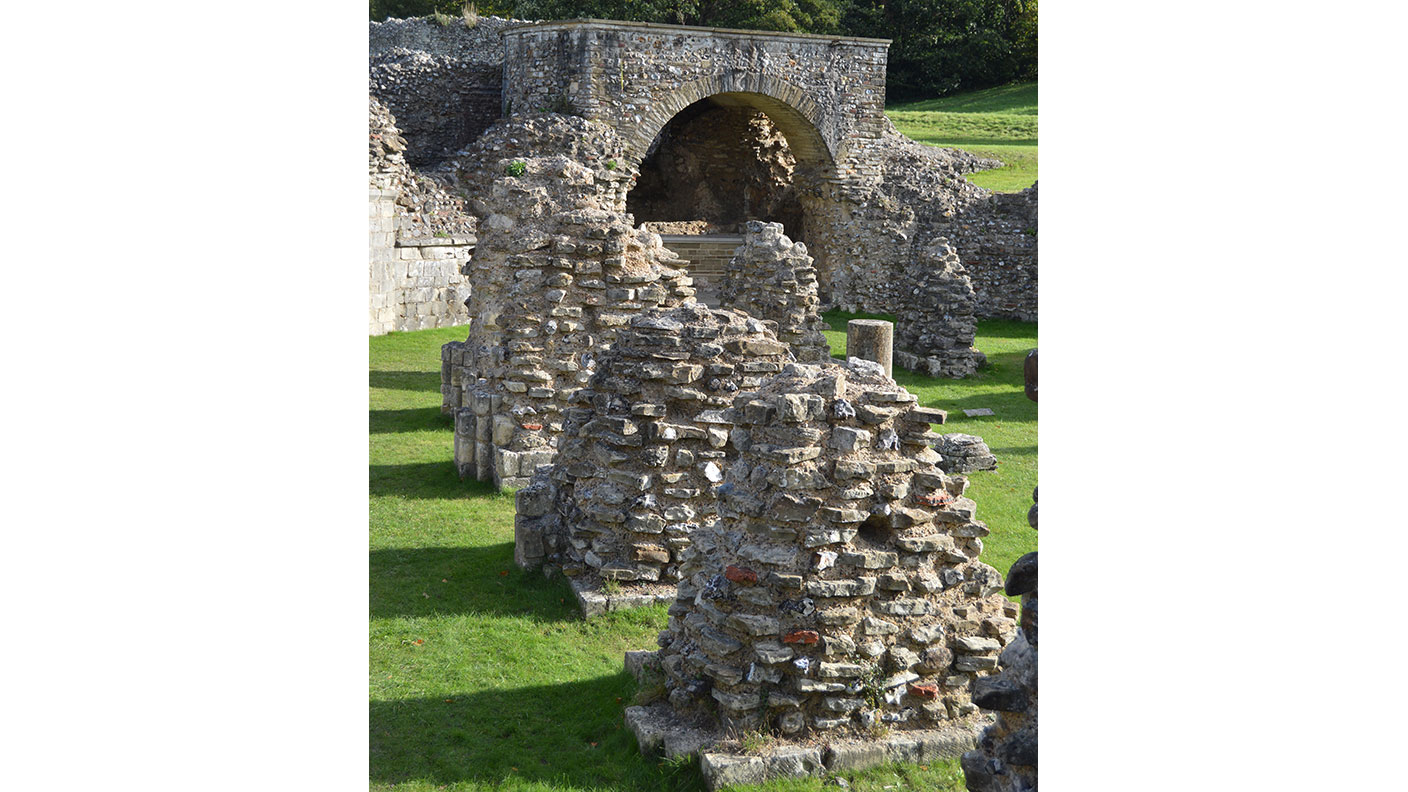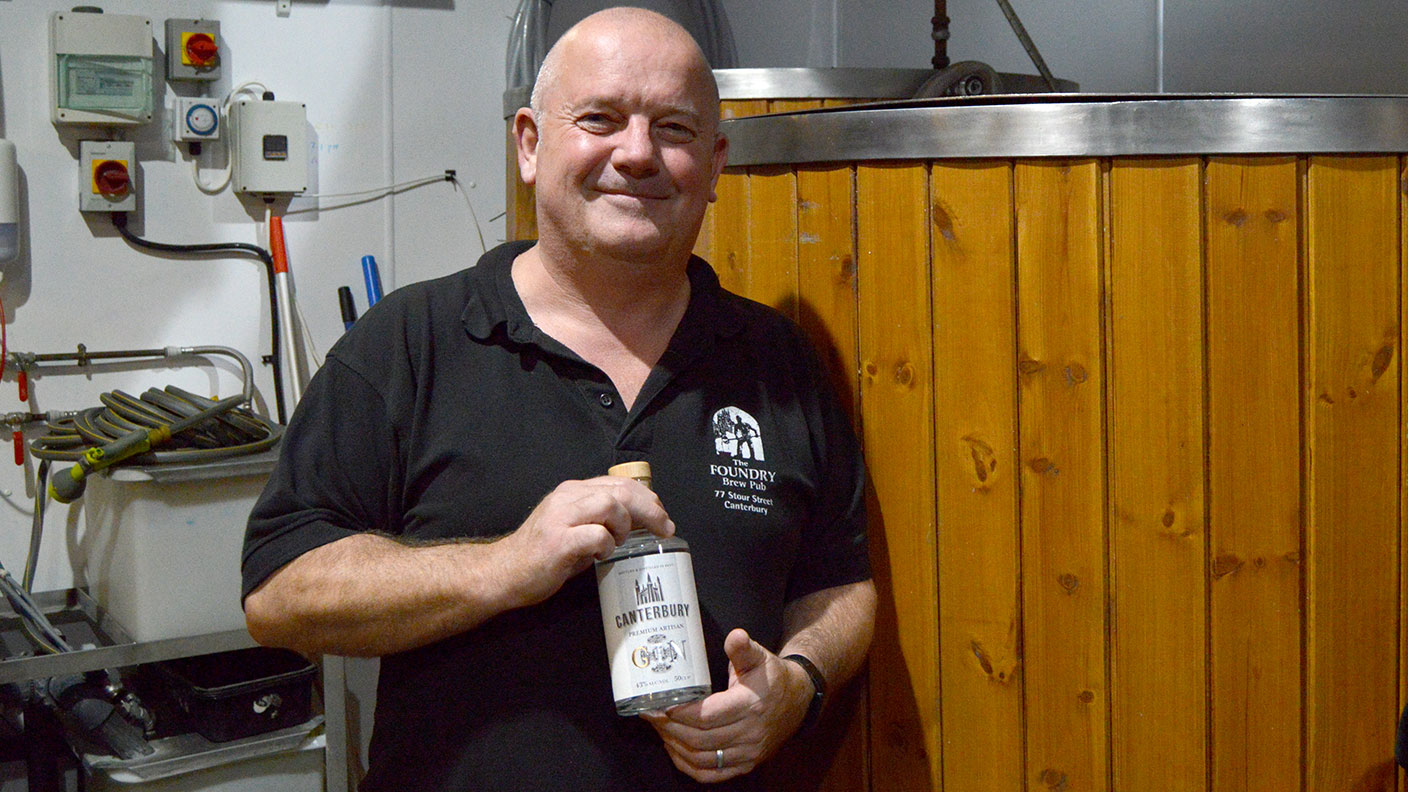Travel: a modern-day pilgrimage to Canterbury
Those who follow in the footsteps of Chaucer’s travellers will find plenty to amuse themselves in Canterbury, says Matthew Partridge

Geoffrey Chaucer’s The Canterbury Tales, which tells the story of a group of pilgrims making their way from London to Canterbury, was written more than 600 years ago. Pilgrimage is not as popular as it once was, but modern-day pilgrims to Canterbury will still find plenty to uplift them in one of Kent’s most charming cities.
Your first stop should be Canterbury Cathedral. Founded in 597, when St Augustine made his journey to bring Christianity to England, then rebuilt between 1070 and 1077, it became a major site for religious pilgrimage when St Thomas Becket was murdered there in 1170. Becket’s shrine and relics were destroyed when Henry VIII broke with Rome, but an altar has been installed in the spot where he died. As well as its spiritual and historical significance, there is plenty to admire in the soaring Gothic architecture – pre-booking is required.

Other notable buildings in the city include the ruins of St Augustine’s Abbey, which was dissolved in 1538, as well as the nearby Church of St Martin’s, the oldest parish church in England, built two decades before St Augustine’s arrival. Although Anglican, St Dunstan’s holds the reburied remains of the Catholic martyr St Thomas More. Canterbury’s Catholic church, St Thomas of Canterbury, is also a striking example of 19th-century Gothic Revival and contains relics from St Thomas Becket.
MoneyWeek
Subscribe to MoneyWeek today and get your first six magazine issues absolutely FREE

Sign up to Money Morning
Don't miss the latest investment and personal finances news, market analysis, plus money-saving tips with our free twice-daily newsletter
Don't miss the latest investment and personal finances news, market analysis, plus money-saving tips with our free twice-daily newsletter
Watering holes
Even the most devout pilgrims would stop for refreshment and entertainment, and Canterbury still provides plenty of both. There is a large number of rustic pubs (the City Fish Bar has won fully justified awards for its fish and chips). The Marlowe Theatre, named after the Elizabethan poet, playwright and suspected spy, also hosts everything from musicals to stand-up comedy.

But if you want to experience something a bit different, then head to the microbrewery at The Foundry. It’s worth visiting for the incredible range of beers alone, but you should also book the 90-minute tour run by distiller and co-owner Jon Mills.
As well as letting you sample a wide range of drinks, Jon takes you through the process of how his pub produces everything from lager brewed from New Zealand hops through to its own moonshine. The best is perhaps the Japanese Jin (gin) made from the fruit grown on Okinawa Island – said to be the secret ingredient behind the islanders’ incredibly long life expectancy.
Where to stay
You can’t get a more central location than with the luxury hotel ABode Canterbury, situated on the High Street a short ten-minute walk from Canterbury East train station and just a few steps from the cathedral and the theatre. So it’s ideal for those of us who like to cram as much into their visit as possible and you can spend the maximum amount of time experiencing the city rather than having to worry about taxis or finding your way around the area.
The location isn’t the only thing that’s convenient. Whether you like to travel light or have a tendency to bring everything but the kitchen sink, you’ll appreciate the spacious rooms, with large beds and well-appointed bathrooms. Indeed, the best rooms come with a range of elegant touches, such as solid-oak floors and lounge areas. As well as the sense of heritage, which is reflected in the décor and the photographs of the city that hang on the walls, the hotel also comes with the facilities that the modern business traveller expects, including an on-site gym.
As good as the rooms are, ABode Canterbury’s restaurant is really special. Perhaps the highlight of my stay was the three-course dinner, washed down with a silky red wine, with cooking of a quality that matched the elegant presentation of the food, and a menu offering vegetable, fish and meat options for both the starter and the main course. There is also a large number of morning dishes, from porridge for the abstemious, to an excellent full English breakfast (which I selected). As well as the main restaurant, the hotel also has a champagne bar.
The combination of great food and attentive service from the staff means that the hotel is a favourite for meetings, conferences and weddings, with various special packages on offer. It also “delivers strong value for money”, as The Daily Telegraph points out, “particularly in a city surprisingly lacking in good hotels”.
Rooms from £90 a night, abodecanterbury.co.uk
Get the latest financial news, insights and expert analysis from our award-winning MoneyWeek team, to help you understand what really matters when it comes to your finances.

-
 Taxpayers urged to fight automated HMRC penalties as 20,000 win on appeal
Taxpayers urged to fight automated HMRC penalties as 20,000 win on appealHMRC loses more than 60% of cases when taxpayers appeal an automated penalty it has imposed, new figures show.
-
 More than five million taxpayers overpay with wrong tax codes – how to check yours is right
More than five million taxpayers overpay with wrong tax codes – how to check yours is rightHMRC overcharged taxpayers £3.5 billion in income tax the latest data shows, with tax coding errors largely to blame. Accountants say it is “essential” people check their tax codes to avoid being hit with higher bills.
-
 Fine-art market sees buyers return
Fine-art market sees buyers returnWealthy bidders returned to the fine-art market last summer, amid rising demand from younger buyers. What does this mean for 2026?
-
 Review: Castiglion del Bosco, A Rosewood Hotel – a Tuscan rural idyll
Review: Castiglion del Bosco, A Rosewood Hotel – a Tuscan rural idyllTravel Play golf, drink exquisite wine and eat good food at Castiglion del Bosco, A Rosewood Hotel, all within the stunning Val d’Orcia National Park in Tuscany
-
 Review: A cultural tour of North India
Review: A cultural tour of North IndiaTravel Jessica Sheldon explores North India's food and art scene from three luxurious Leela Palace hotels in New Delhi, Jaipur and Udaipur
-
 The best luxury saunas, spas and icy plunges
The best luxury saunas, spas and icy plungesRestore your mind and body with luxury fire and ice experiences, from warming saunas to icy plunges
-
 8 of the best properties for sale with indoor gyms
8 of the best properties for sale with indoor gymsThe best properties for sale with indoor gyms – from a four-storey mews house in London’s Knightsbridge, to a 1920s Arts & Crafts house in Melbury Abbas, Dorset
-
 8 of the best houses for sale with beautiful fireplaces
8 of the best houses for sale with beautiful fireplacesThe best houses for sale with beautiful fireplaces – from a 15th-century cottage in Kent to a 17th-century palazzo in Oxfordshire
-
 The top last-minute Christmas gifts
The top last-minute Christmas giftsIt’s not too late to give the perfect present this festive season – we round up a selection of last-minute Christmas gifts worth giving
-
 Lights, camera, action: Where to see the Northern Lights
Lights, camera, action: Where to see the Northern LightsThe Northern Lights are the most spectacular they’ve been in years. Here’s where to see them